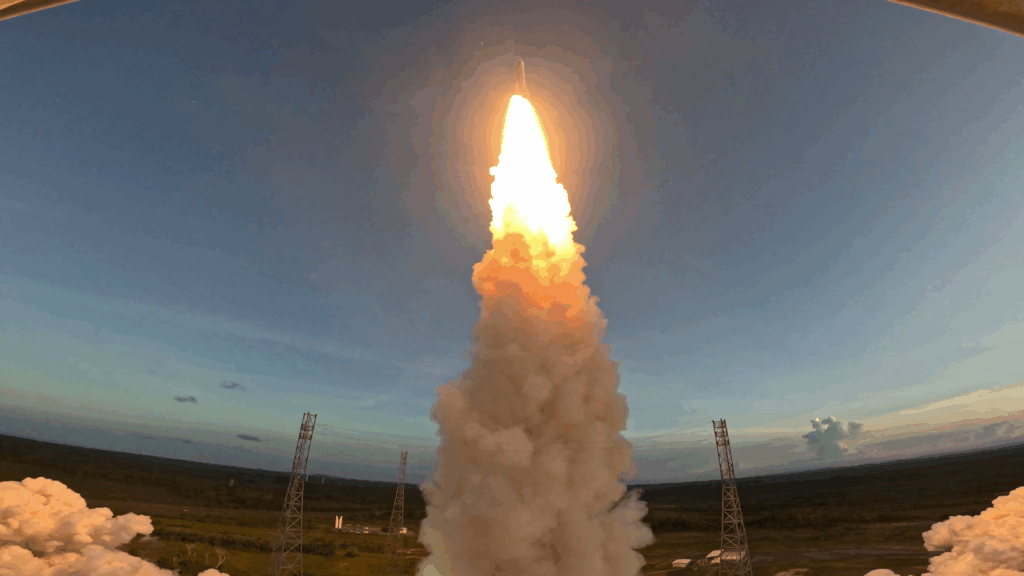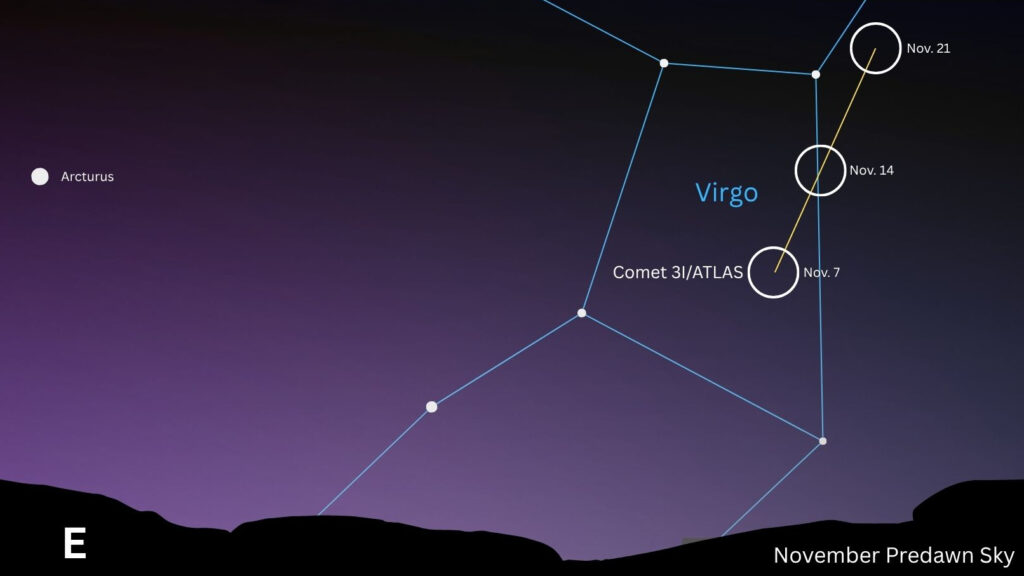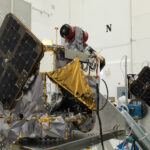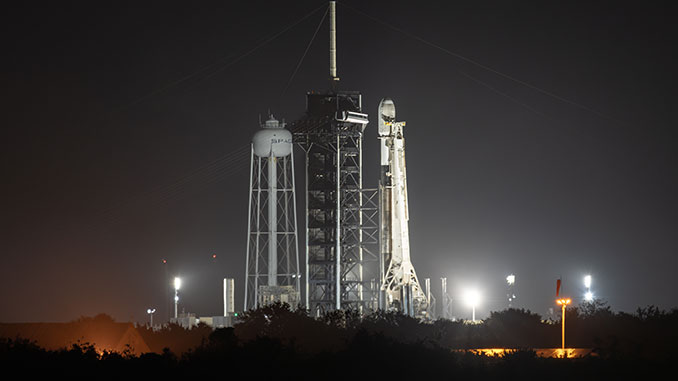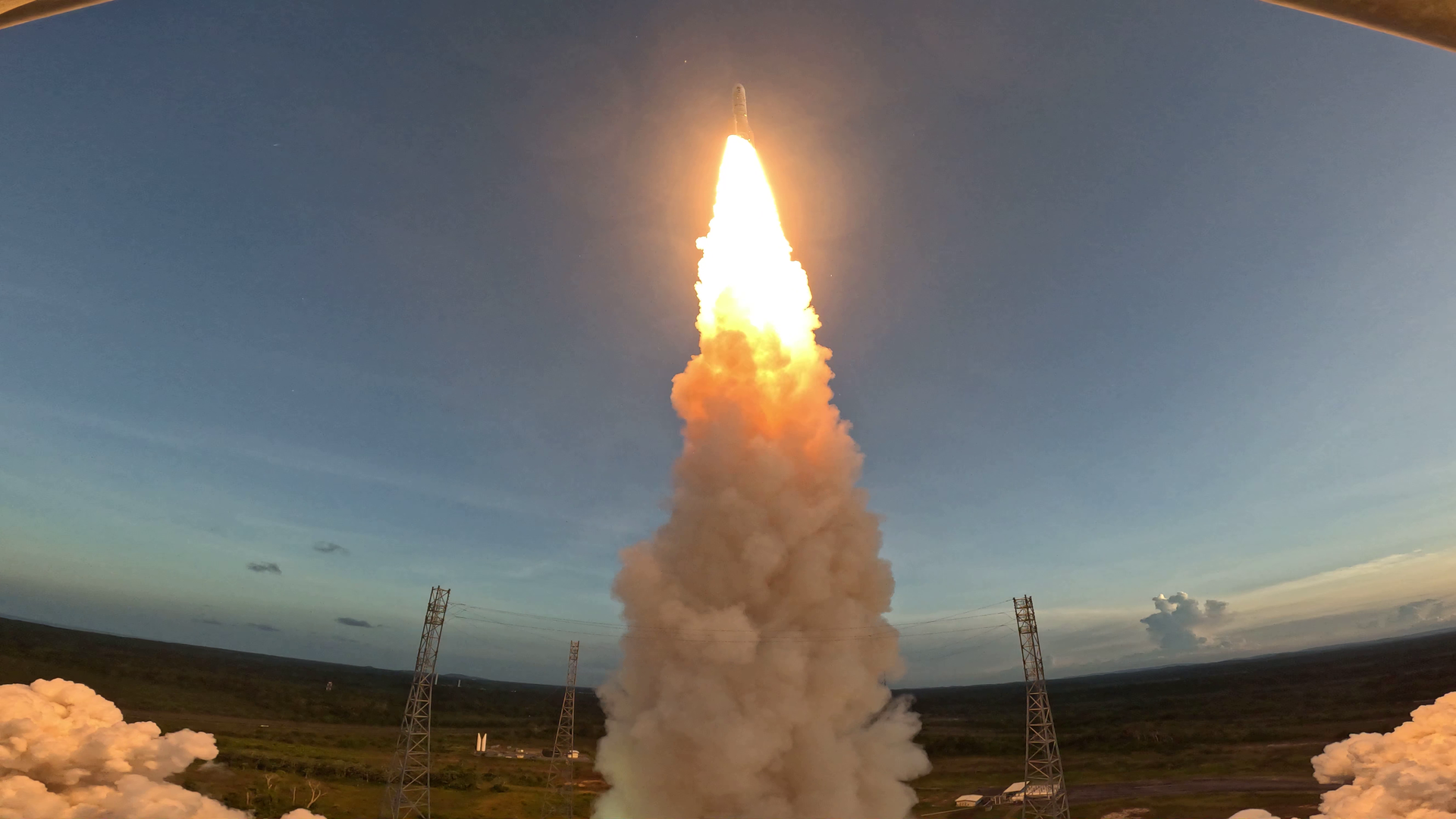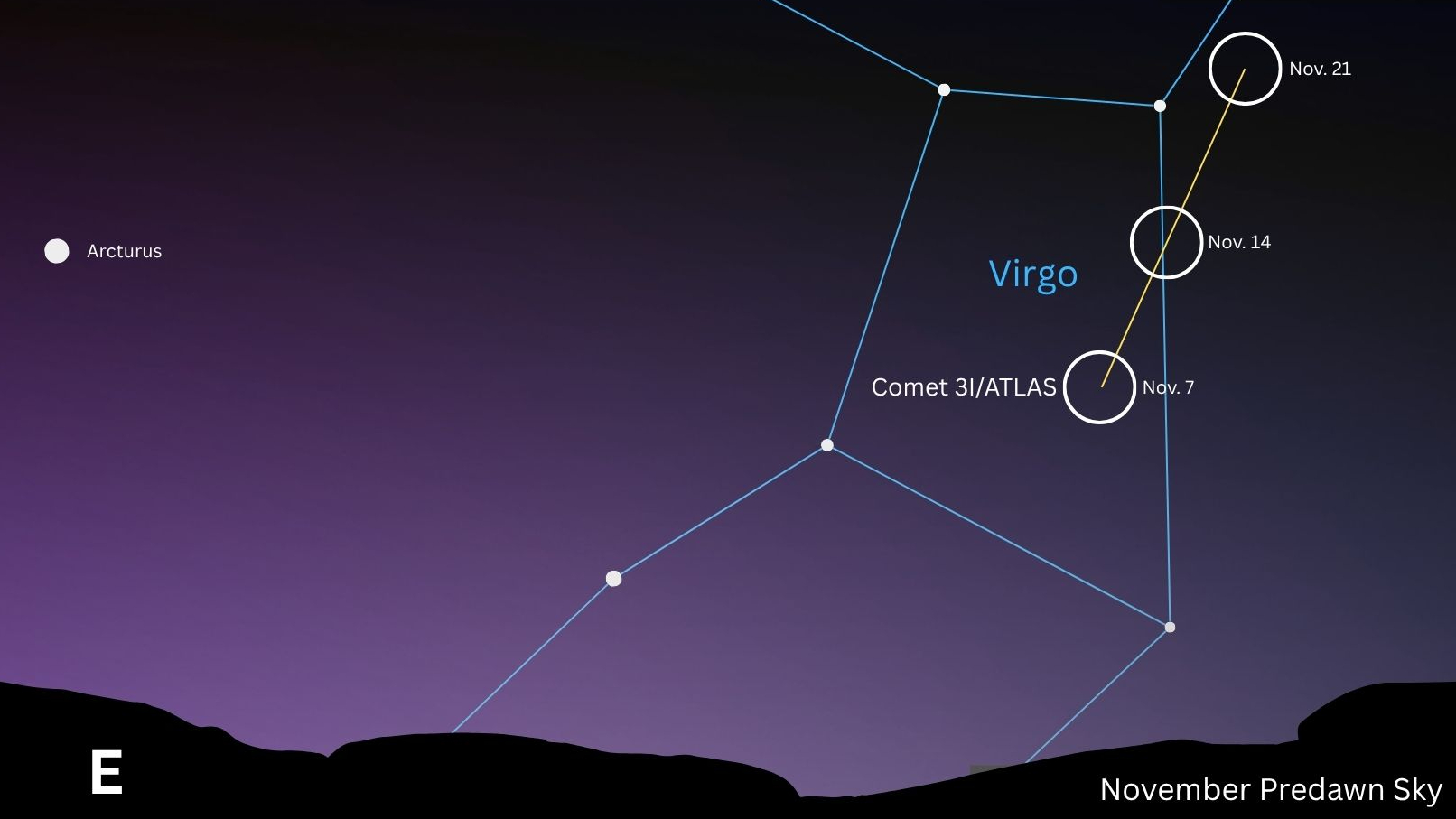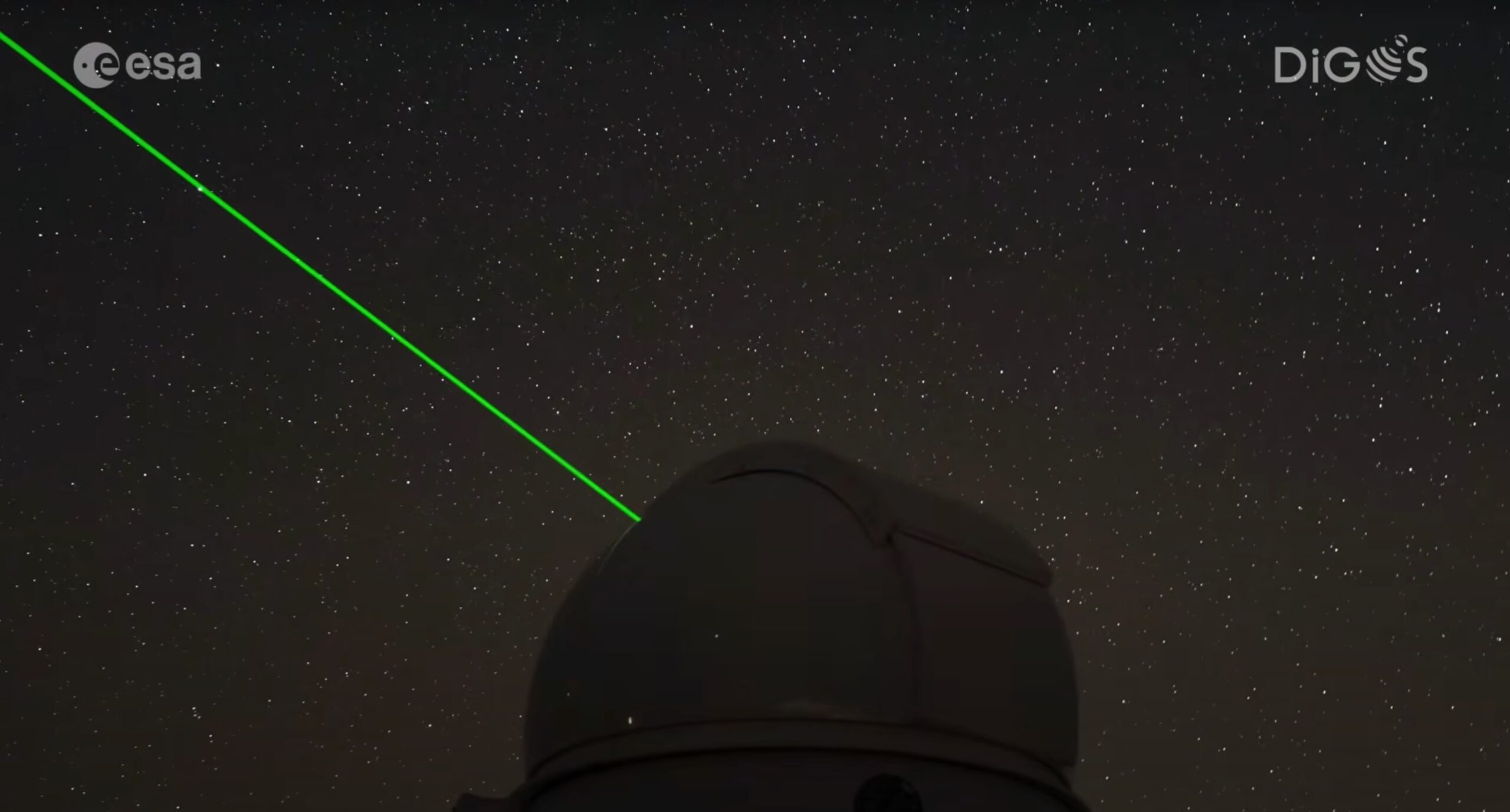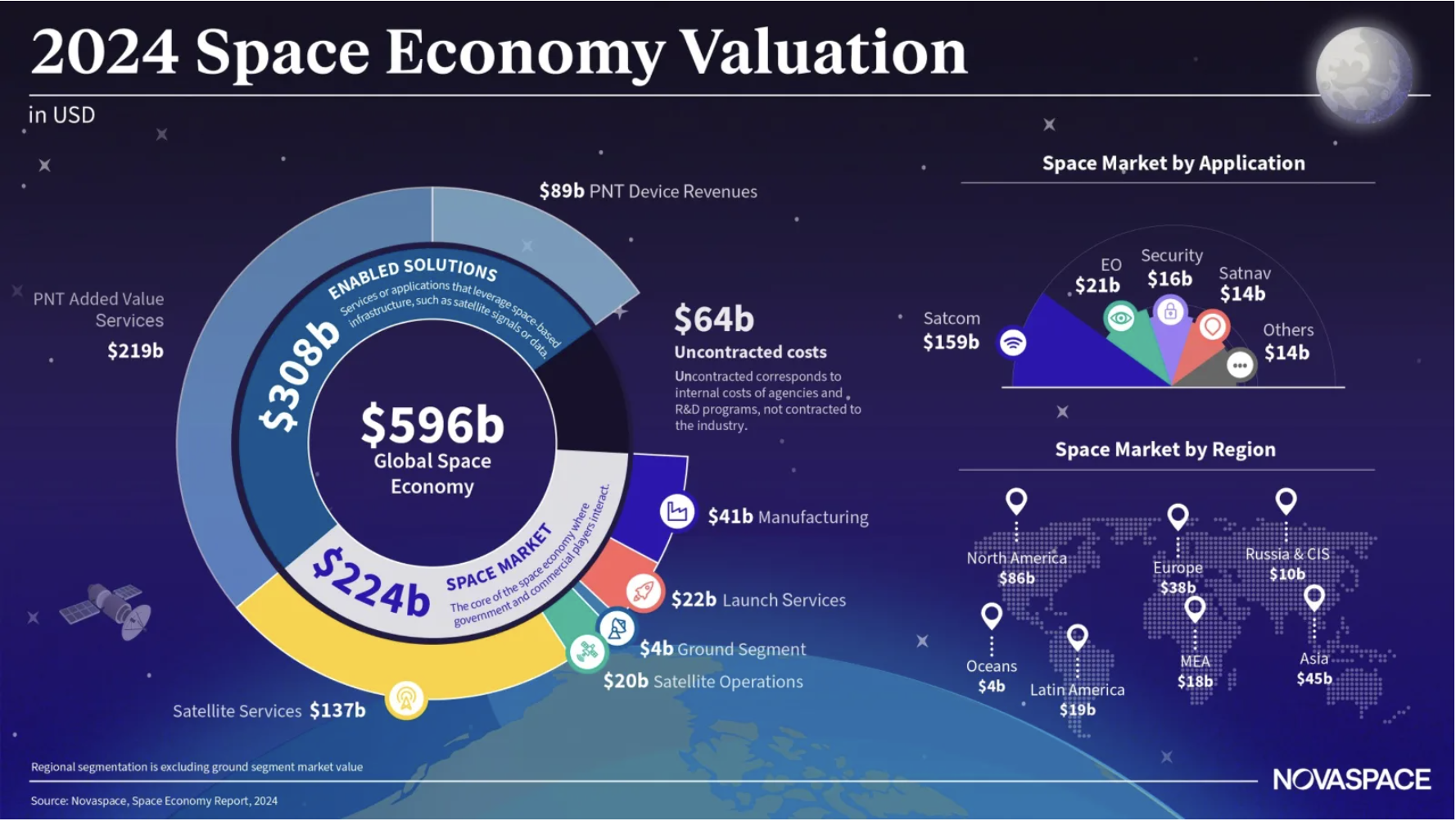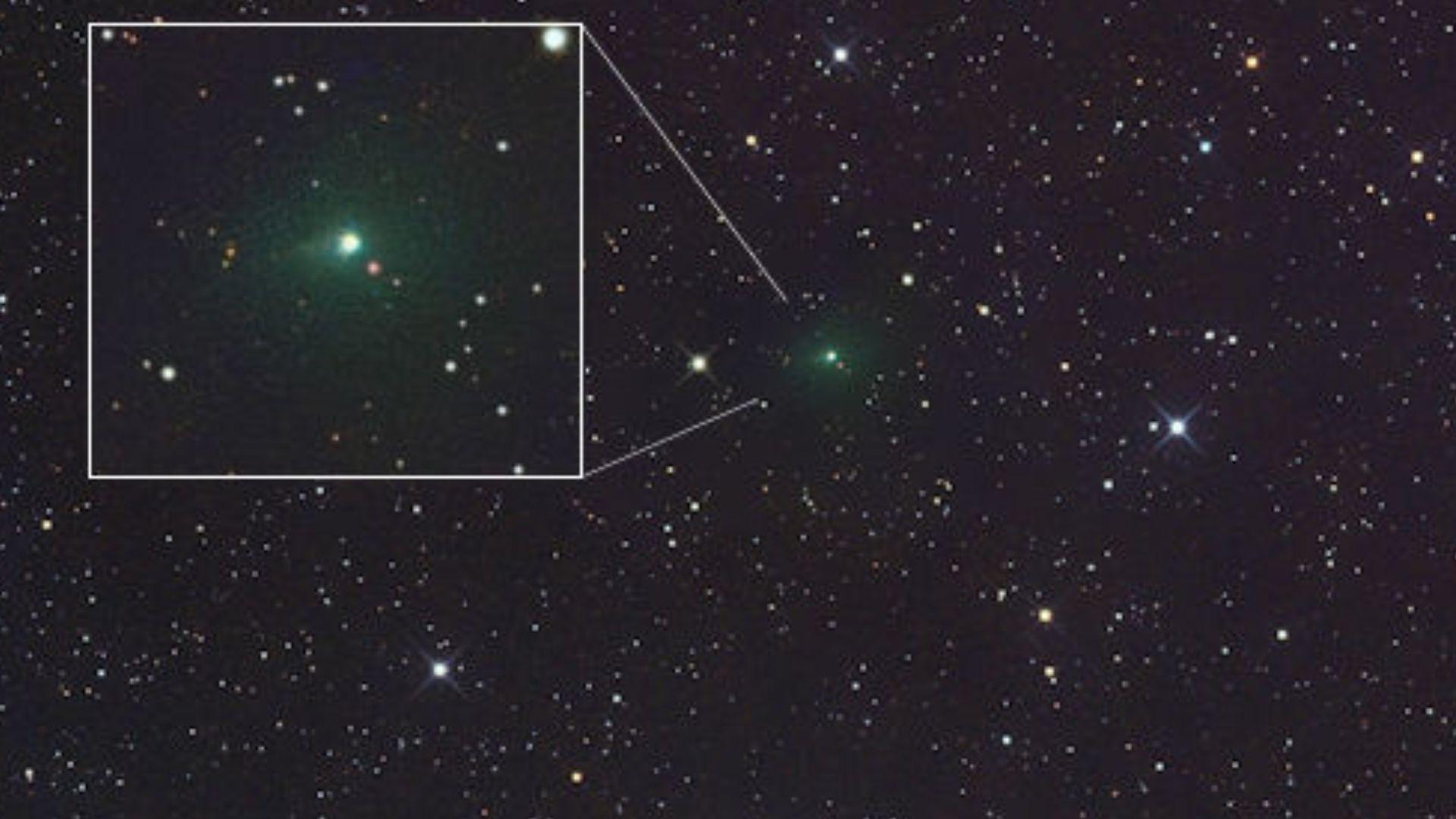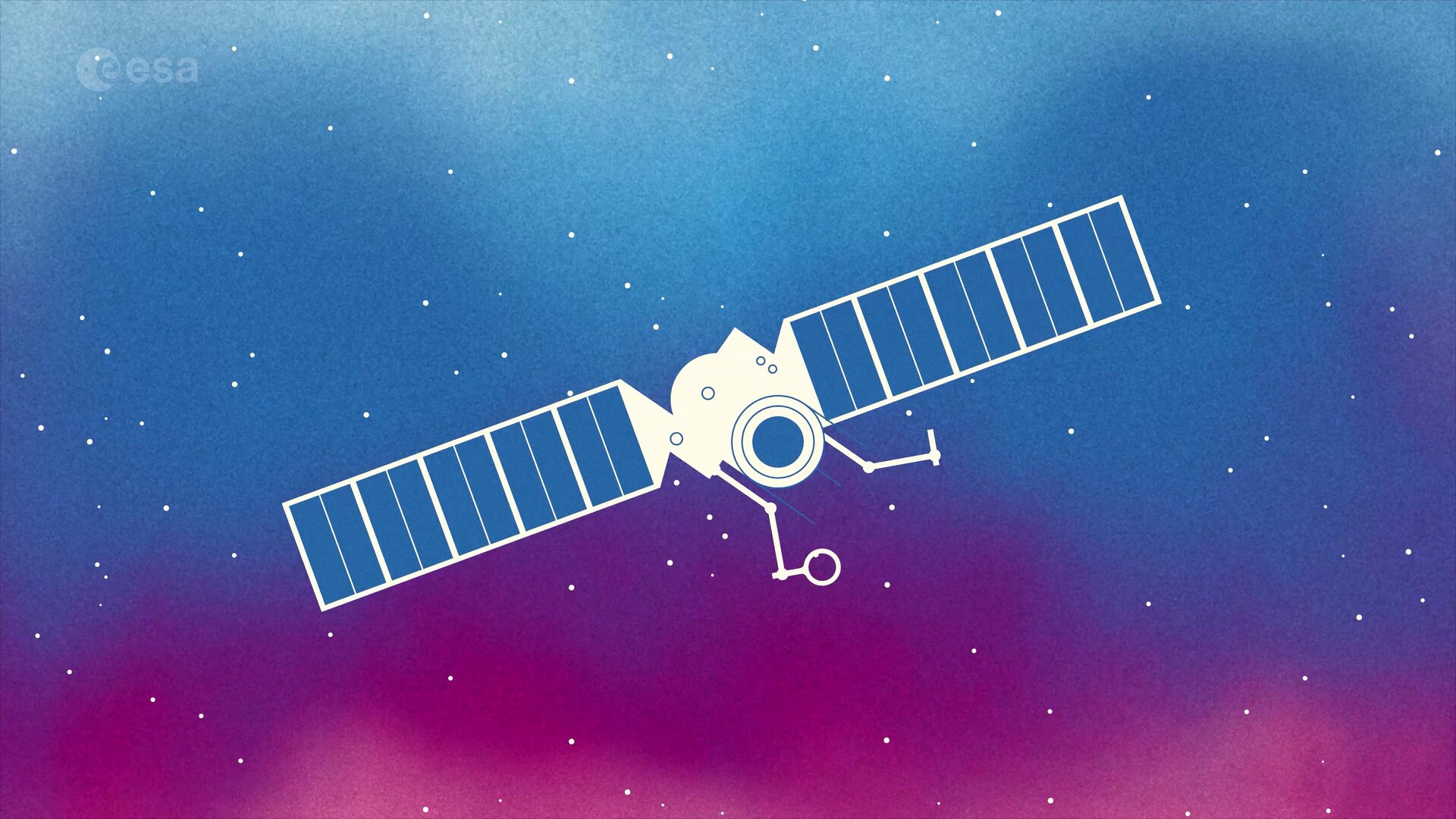NASA/Michael DeMocker NASA astronauts Matthew Dominick (left) and Mark Vande Hei (right) prepare to fly out to a landing zone in the Rocky Mountains as part of the certification run
Sometimes an unusual celestial sight will take place at a rather ungodly hour. As a budding young amateur astronomer living in the Bronx, I remember the bemused look on my
The United States space enterprise is undergoing a sweeping transformation: commercial innovation is progressing at an incredible pace, with profound implications for national defense, economic competitiveness and industrial resilience. The
At a double observatory atop Mount Teide on the Spanish island of Tenerife, a powerful laser is being deployed to track fragments of space debris in orbit and warn when
PARIS – Expanding defense budgets and the direct-to-device race are driving growth in the global space economy, Novaspace CEO Pacôme Révillon, said at the outset of the World Space Business Week
On Sept. 7 2025, the skies darkened as Earth’s shadow consumed the moon. Skywatchers in many parts of the world saw the moon turn blood red due to a total
An essential part of ESA’s Space Safety programme is dedicated to getting and keeping Earth’s orbits clean from space debris. In the long run, the Agency aspires to stimulate a true circular
5 min read Avatars for Astronaut Health to Fly on NASA’s Artemis II An organ chip for conducting bone marrow experiments in space. Emulate NASA announced a trailblazing experiment that
MetOp Second Generation (MetOp-SG) was launched in August 2025. Two of its instruments have already returned first data. Now it’s the turn of the Multiviewing multichannel multipolarisation imager – 3MI
2010 was an exceptional year for sci-fi video games: StarCraft 2, Mass Effect 2, Fallout: New Vegas, Vanquish… But it might be safe to say it was Halo: Reach, arguably
-
 012024 in Review: Highlights from NASA in Silicon Valley
012024 in Review: Highlights from NASA in Silicon Valley -
 02Panasonic Leica Summilux DG 15mm f/1.7 ASPH review
02Panasonic Leica Summilux DG 15mm f/1.7 ASPH review -
 03How New NASA, India Earth Satellite NISAR Will See Earth
03How New NASA, India Earth Satellite NISAR Will See Earth -
 04And Thus Begins A New Year For Life On Earth
04And Thus Begins A New Year For Life On Earth -
 05Astronomy Activation Ambassadors: A New Era
05Astronomy Activation Ambassadors: A New Era -
06SpaceX launch surge helps set new global launch record in 2024
-
 07Space Force plans new ‘Futures Command’ amid pressure to speed up modernization
07Space Force plans new ‘Futures Command’ amid pressure to speed up modernization





